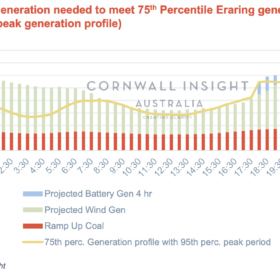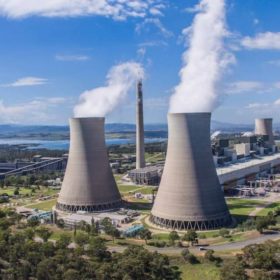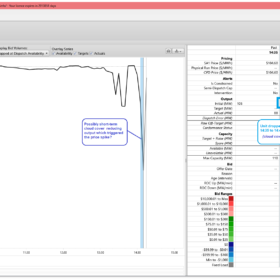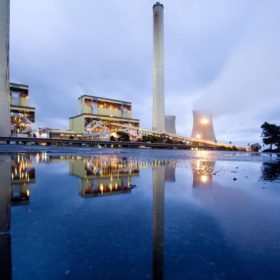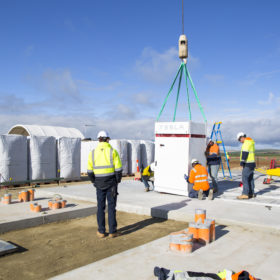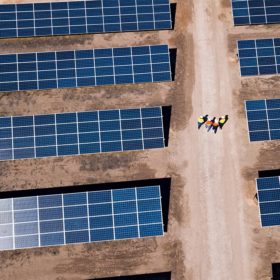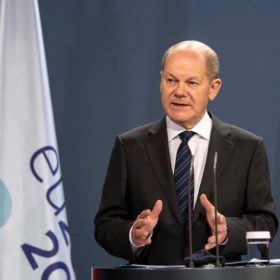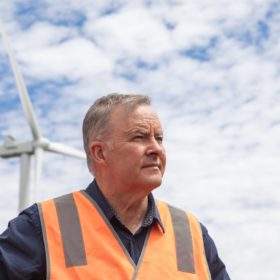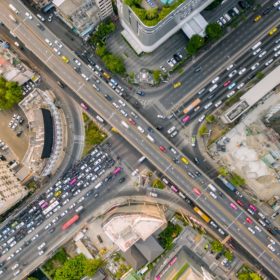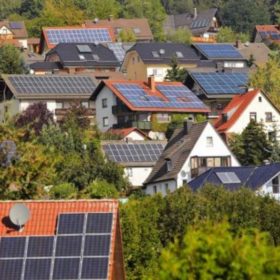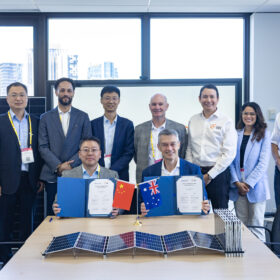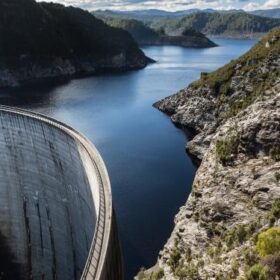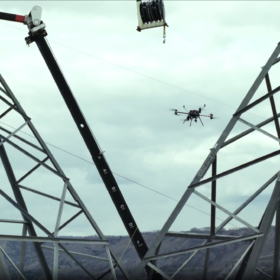“I’m an All-Pro [coal plant]… You’ll never be more than a replacement player!”
The potential early retirement of Eraring has been the talk of the market the past week. Many of our customers have been asking what the impacts of the retirement might be on the acceleration or development of new renewable capacity in NSW and potential storage projects. In this Chart of the week, we look at the effect of the lost generation from Eraring and how that capacity might be filled.
Why the Australian government should welcome Mike Cannon-Brookes’ plan to takeover AGL
Prime Minister Scott Morrison has flatly opposed the bid led by tech billionaire Mike Cannon-Brookes to buy Australia’s biggest energy company AGL and spend $20 billion switching it to renewables. This includes closing its coal power stations by 2030.
Price spike in SA – (perhaps) because of sudden drop in output at Bungala Solar Farm?
Today in South Australia, the market appears to have received a reminder that National Electricity Market Dispatch Engine (NEMDE) is technology agnostic, and that all types of technologies can experience their own challenges leading to price volatility.
The battle for AGL heralds a new dawn for Australian electricity
Two events in the past week mark a watershed for Australia’s electricity industry.
Seasonal frequency in the NEM: is VRE continuing to drive it?
On 16 March 2021, the Australian Energy Market Commission (AEMC) published a draft determination rule which confirms the mandatory primary frequency response (PFR) arrangements to remain unchanged beyond the sunset date of 4 June 2023 established in March 2020. The primary frequency control band implemented under mandatory PFR is 49.985Hz -50.015Hz.
What does the future hold for wind and solar in the NEM – seen via GenInsights21?
Global-Roam and Greenview Strategic Consulting collaborated together recently to publish the Generator Insights 2021 report, taking a deep dive into historical generation performance across the national electricity market and considering what this means for the future. In this article, Marcelle Gannon shares some highlights around the increasing penetration of large-scale wind and solar generation, including historical changes in time-of-day earning patterns, the increasing importance of forecasting of renewable output, and some longer-term challenges.
New German leader proposes ‘climate club’ that would punish free riders like Australia
Germany has announced plans for a new climate alliance between the world’s advanced economies, in a move that promises to transform international climate action.
Labor’s plan to green the Kurri Kurri gas power plant makes no sense
Is it possible to have your cake and eat it too? Federal Labor is certainly giving it a go by supporting government plans for a fossil gas/diesel peaking plant in the Hunter Valley currently under construction – as long as the plant switches to green hydrogen by 2030.
Australia must spark a new road to sustainability
Transport accounts for nearly 20% of the total greenhouse gas emissions in Australia and Schneider Electric’s Sam Yfantis believes decarbonising the nation’s public transport must be prioritised to help meet sustainability targets and move Australia away from its dependency on fossil fuels.
Four ways to stop Australia’s surge in rooftop solar from destabilising electricity prices
Last year saw Australians install rooftop solar like never before, with 40% more installed in 2021 than in 2020. Solar system installations now make up 7% of the energy going into the national electricity grid.
